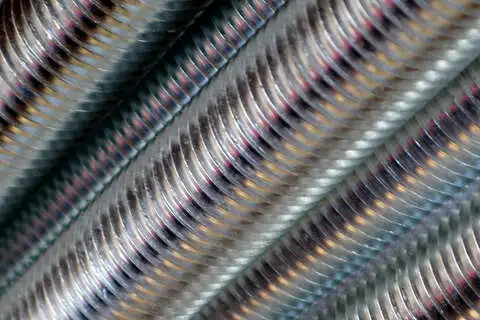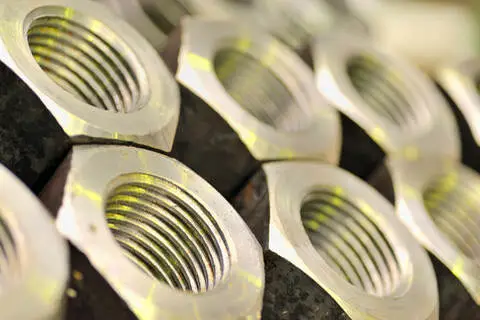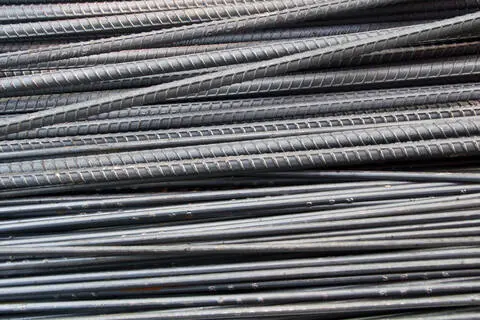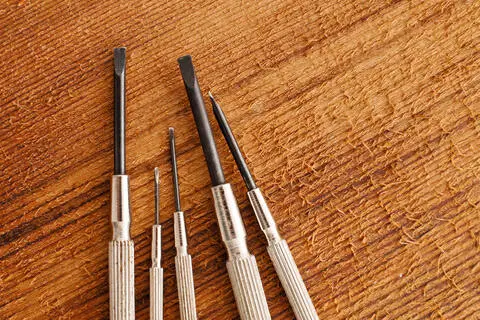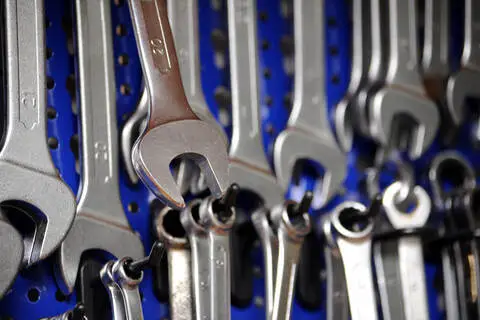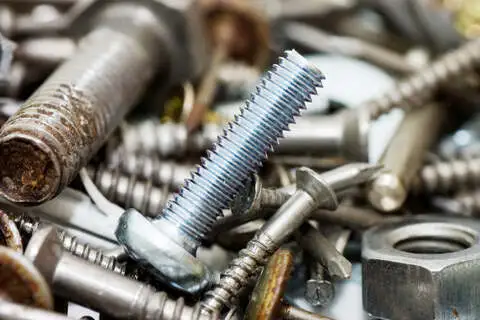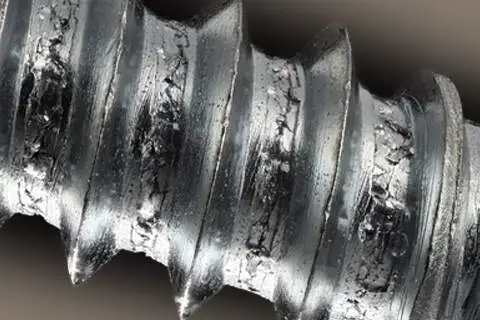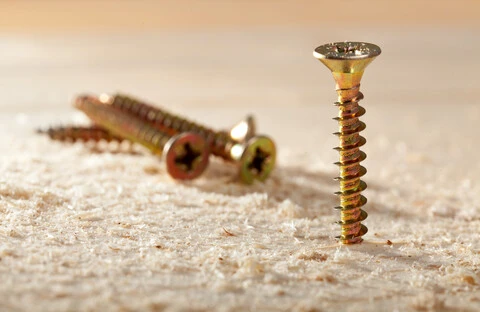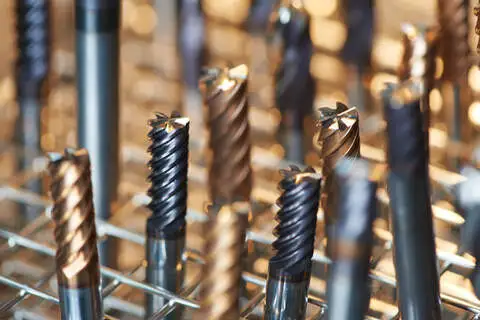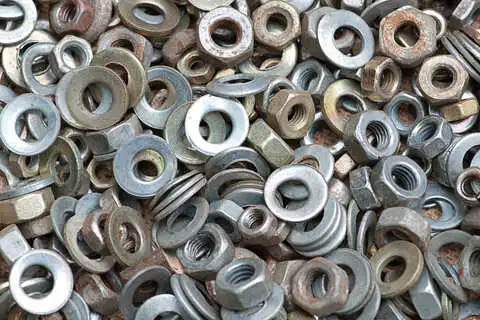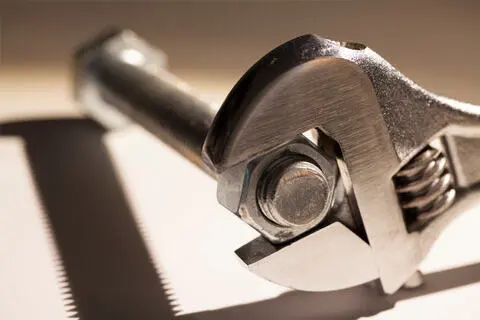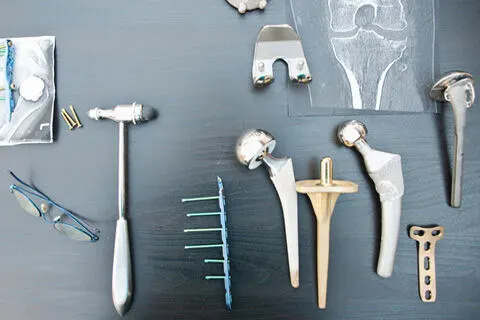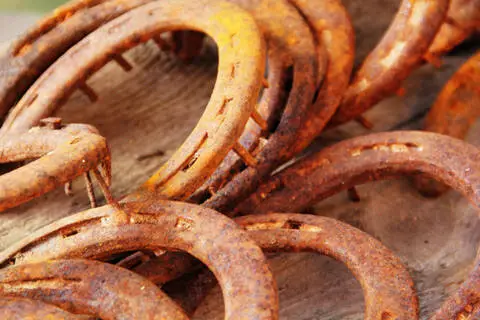
General Fastener Standards
General fastener standards include dictionaries of terminology, abbreviations, and designations applicable to multiple types of fasteners, across multiple applications and industries, serving as a foundation for more nuanced standards that are then free to delve into the specifics of a specific type of fastener to be used in a specific application. Additionally, standards have been developed for quality assurance to promote both thoroughness and fairness in assessments.
